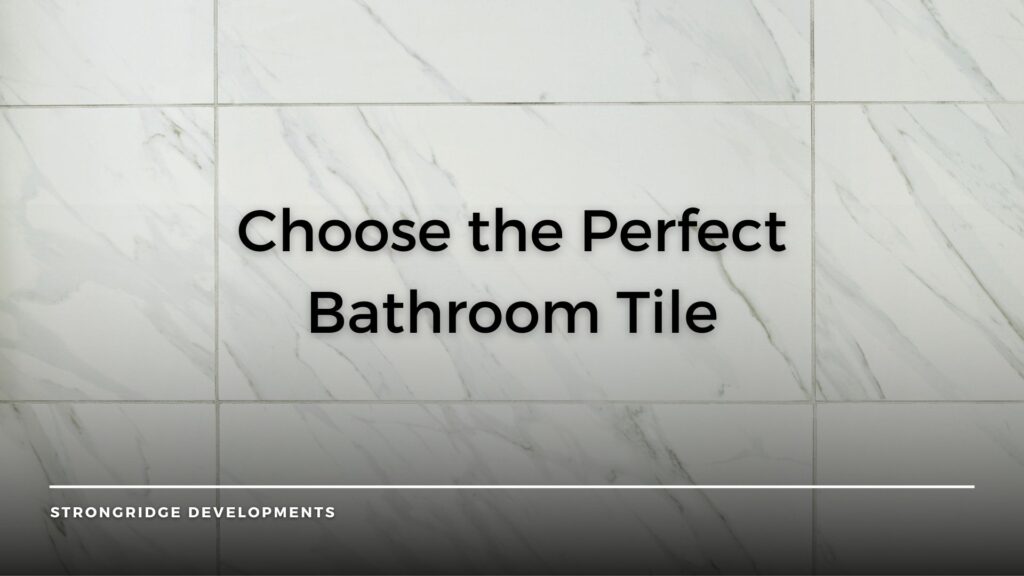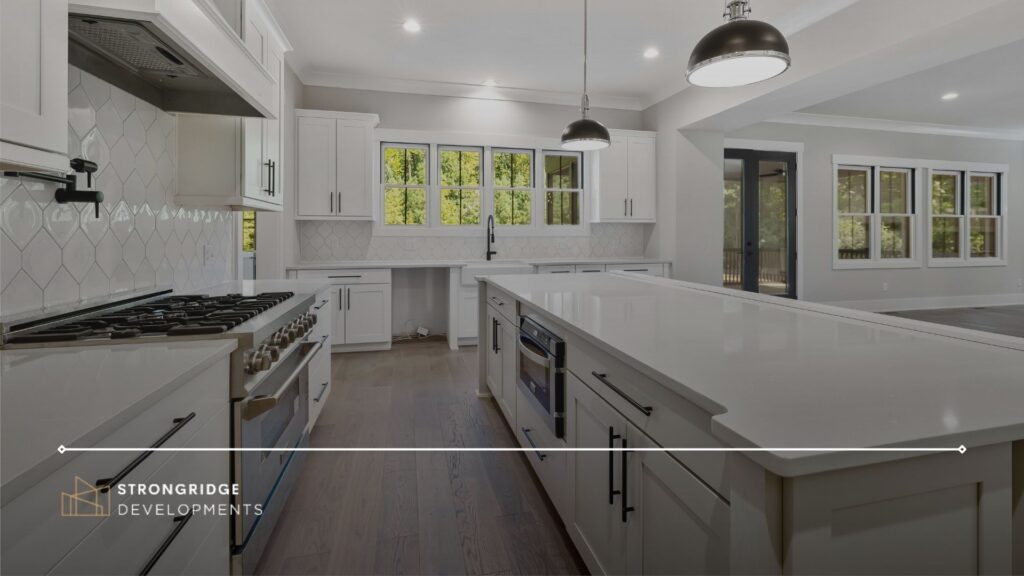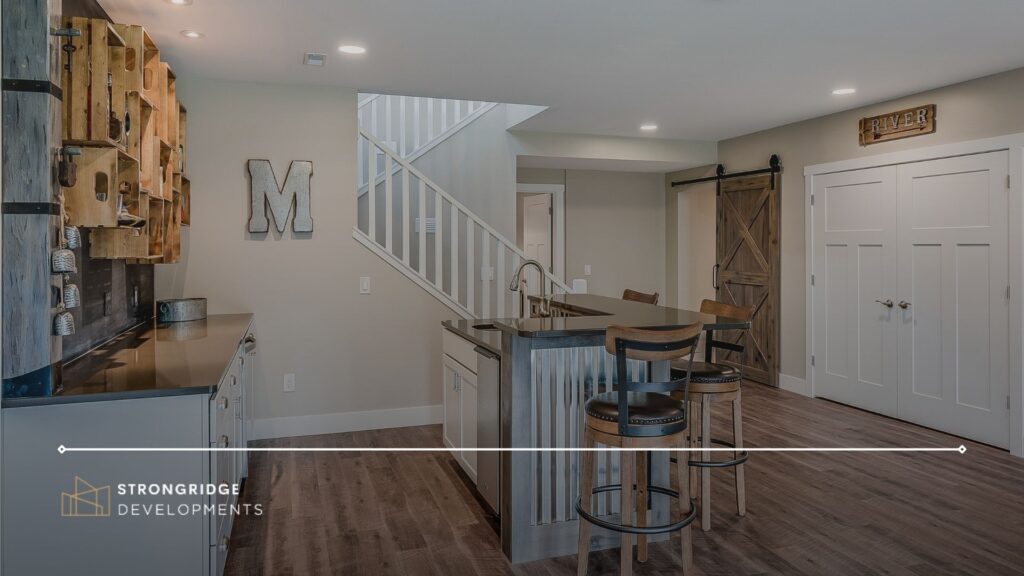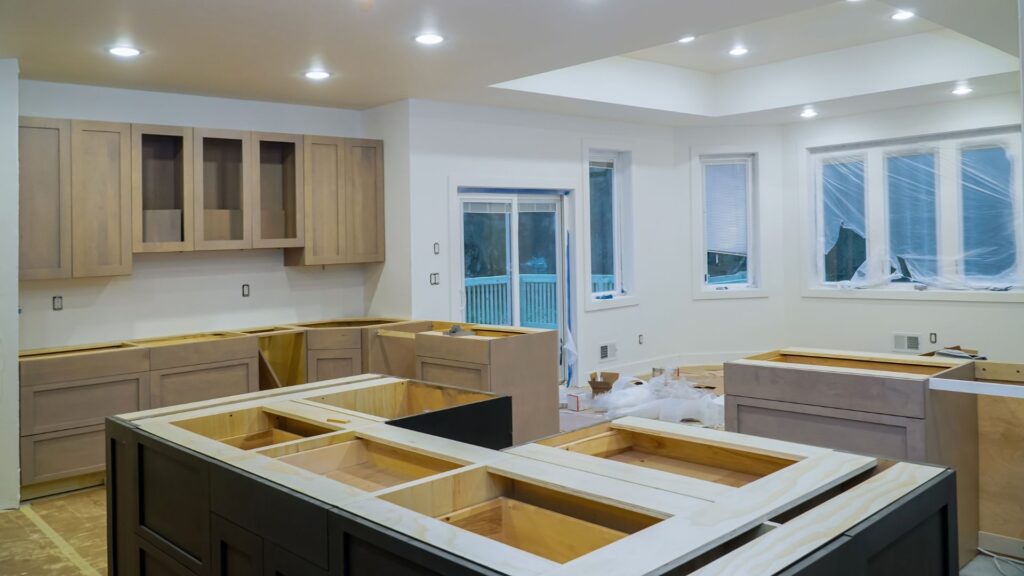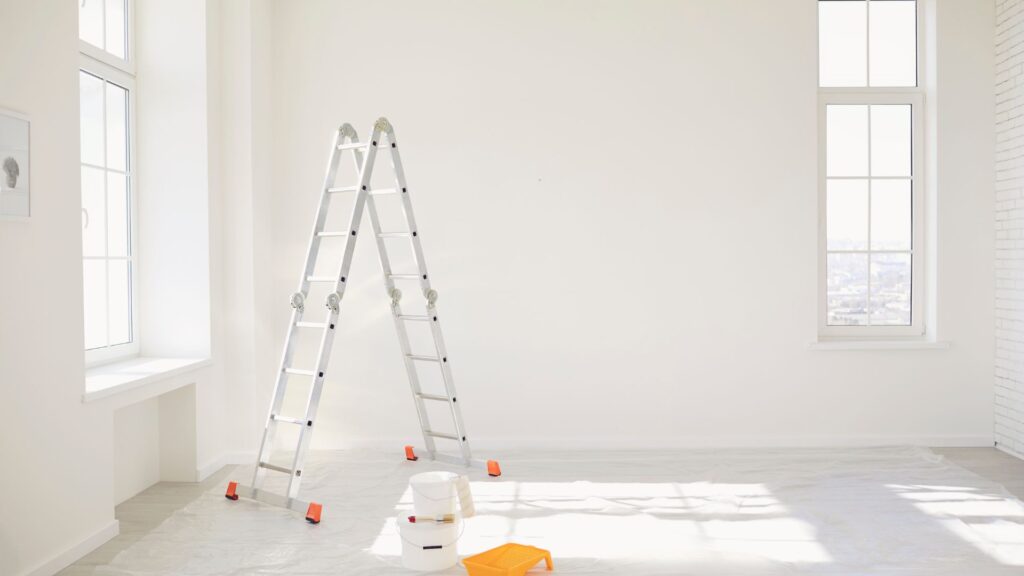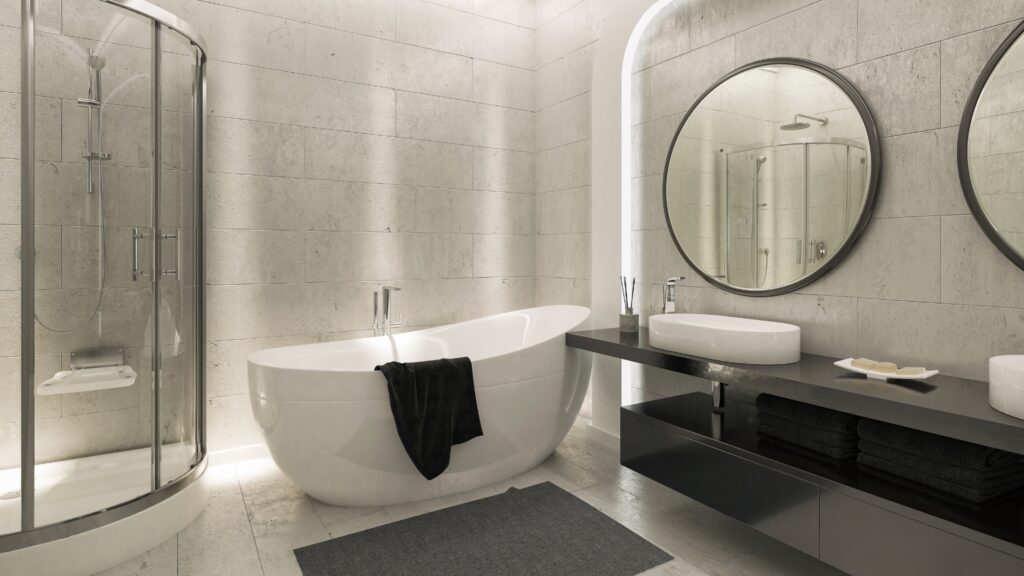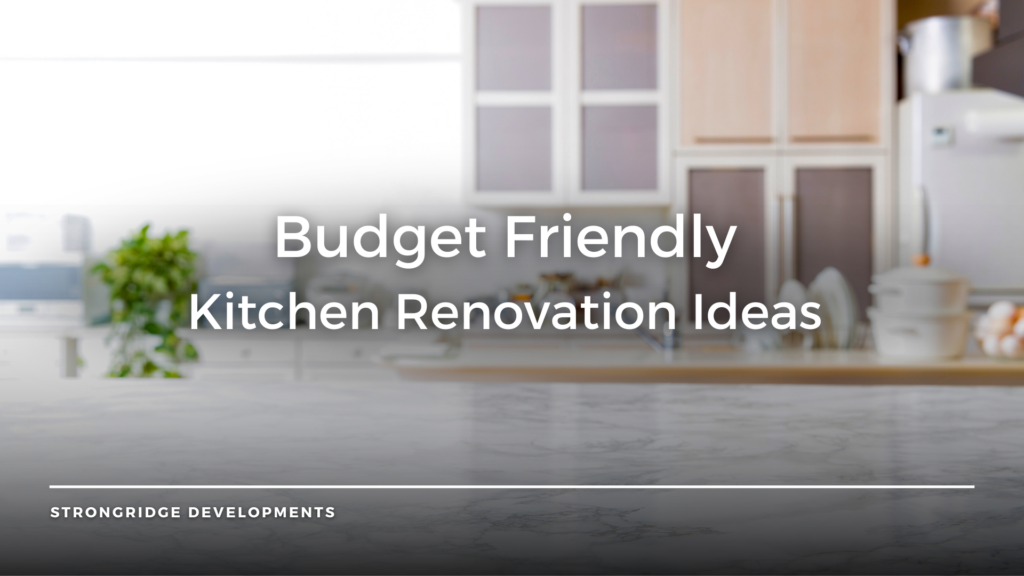Bathroom renovations can be exciting. They offer a chance to transform a functional space into a personal sanctuary.
A key aspect of this transformation is the bathroom tile selection. The right tile can enhance the aesthetic appeal and functionality of your bathroom.
But with a myriad of options available, how do you make the right choice? This guide aims to simplify the process.
We’ll delve into the world of bathroom tiles, exploring different materials, styles, and practical considerations. From ceramic and porcelain to natural stone and glass, we’ll help you understand what each option brings to the table.
Whether you’re planning a bathroom renovation in Calgary or elsewhere, this guide will equip you with the knowledge to make an informed decision.
Understanding the Basics of Bathroom Tile Selection
Choosing the right tiles for your bathroom involves more than just picking a color you like. It’s about balancing aesthetics, durability, and practicality.
Bathroom tile selection is crucial for both style and functionality. Tiles should not only complement your bathroom’s design but also withstand moisture and daily wear.
When embarking on this process, consider the overall feel you want to create. Do you envision a spa-like retreat or a modern, sleek environment?
The type of tiles you choose will play a significant role in creating this ambiance. Your choices can affect the sense of space, light, and texture in the room.
You should also think about how much maintenance you are willing to handle. Some tiles require more upkeep than others.
Lastly, budget considerations are vital. Balancing quality with cost is key to a successful bathroom renovation.
Material Matters: Ceramic, Porcelain, and Beyond
Tile materials vary widely, each offering unique benefits and drawbacks. Ceramic and porcelain are popular choices, known for their durability and versatility.
Ceramic tiles are typically more affordable. They are made from clay and are easier to cut, making them perfect for DIY projects. However, porcelain is harder and denser, offering superior water resistance which is ideal for bathrooms.
Natural stone tiles, such as marble and granite, add luxury and elegance. They boast unique patterns and can increase home value. But remember, they often require sealing to prevent stains and are generally more costly.
Glass tiles provide a stunning, modern look. They reflect light, making spaces look larger and brighter. However, they can be slippery when wet, requiring careful use.
Each type of tile material comes with its own set of characteristics:
- Ceramic: Affordable, easy to cut, moderate durability.
- Porcelain: Denser, water-resistant, long-lasting.
- Natural Stone: Unique beauty, requires maintenance, expensive.
- Glass: Modern, reflective, slippery when wet.
Consider what fits best with your bathroom’s style and your personal needs. Your choice of material will influence installation costs, wear, and overall aesthetic.
Durability and Maintenance: What to Look For
Durability is a key factor in bathroom tile selection. You want tiles that endure humid conditions and resist wear and tear.
Porcelain tiles are known for their strength and low water absorption, ideal for high-traffic areas. They tend to last longer and require less maintenance.
Ceramic tiles, while less durable than porcelain, offer decent longevity and come at a lower cost. They’re suitable for walls and less-used areas.
Natural stone, like marble and slate, adds unique textures but can be softer, requiring sealing to protect from stains. Their longevity depends on how well they’re maintained.
Additionally, the Porcelain Enamel Institute (PEI) rating measures tile hardness. This is important when considering areas that face heavy footfall. Higher PEI ratings mean greater resistance to wear.
When thinking about maintenance, consider how much effort you’re willing to put into cleaning and upkeep. Tiles that are easy to clean will save time and keep your bathroom looking fresh with minimal effort.
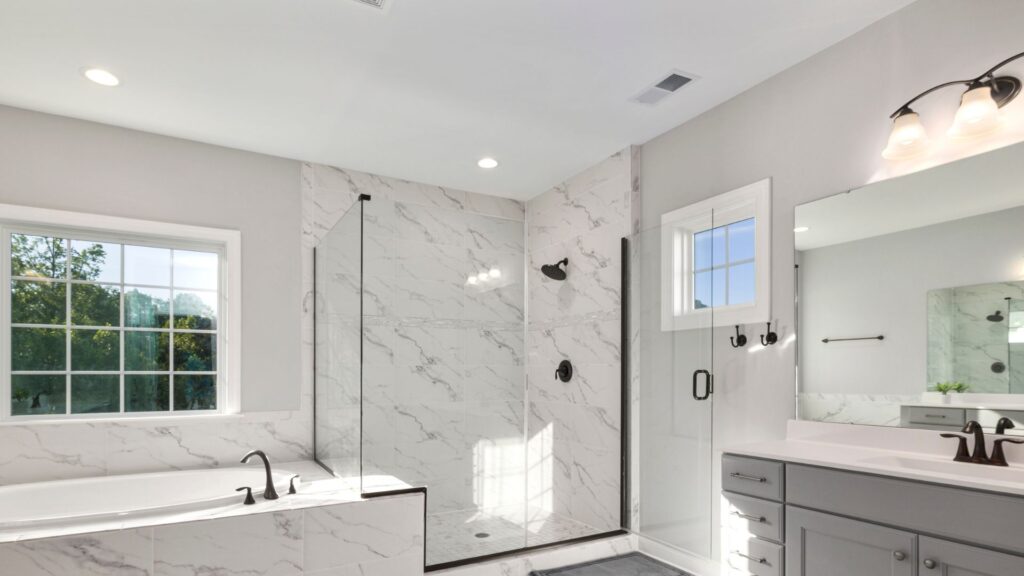
Designing Your Dream Bathroom: Style and Aesthetics
The design of your bathroom greatly influences its mood and functionality. Tiles play a critical role in achieving the desired style.
Whether you’re aiming for a minimalistic look or an opulent ambiance, the right tiles can make your vision come true. They act as the canvas for your design masterpiece.
When designing, consider how the tiles harmonize with elements like fixtures and lighting. This coordination ensures a cohesive look.
An inspired bathroom design doesn’t merely follow trends. It thoughtfully incorporates personal taste and the home’s overall theme, crafting a timeless space you love.
Color and Mood: Setting the Tone of Your Bathroom
Color significantly impacts how a bathroom feels. Light tones create an open, airy space, excellent for small bathrooms that need brightness.
Whites, creams, and soft pastels can make rooms feel fresh and spacious. They reflect more light, emphasizing cleanliness and serenity, vital in a bathroom setting.
Dark hues, such as navy or charcoal, introduce drama and sophistication. While they create a cozy, intimate space, they should be used in well-lit rooms to avoid feeling cramped.
Warm colors like sandy beige or terracotta invite relaxation and warmth. They can evoke feelings of comfort, making your bathroom a cozy retreat.
Consider incorporating accent tiles with bold colors to add personality without overwhelming the space. These pops of color can frame a particular area or create a focal point.
Grout color also plays a role. Matching grout tones to tiles offers uniformity, whereas contrasting colors define and highlight tile patterns.
Size and Shape: Creating Visual Appeal
Tile size and shape can transform the bathroom’s appearance. Large tiles help create a modern, sleek look. Their fewer grout lines make spaces feel more open.
Small tiles, such as mosaics, add intricate detail and texture. They’re ideal for accent walls or shower inlays, inviting the viewer to admire their detail.
Tiles shaped as rectangles or hexagons offer unique visual interest. Non-traditional shapes infuse a contemporary feel, attracting those drawn to innovation.
Consider the orientation of tiles. Horizontal placements can widen spaces, perfect for narrower bathrooms. Conversely, vertical installation can draw eyes upward, enhancing height perception.
The key is balancing sizes, shapes, and patterns to suit your taste and the room’s proportions. Remember, the right combination enhances both aesthetic and practical aspects of the design.
Texture and Pattern: Adding Depth and Interest
Texture and pattern in tiles introduce depth, making your bathroom visually captivating. Smooth tiles offer a sleek, polished finish, suitable for modern designs.
Textured tiles, like those with raised patterns or matte finishes, provide tactile interest. They’re perfect for creating contrast against smooth surfaces and add a layer of complexity.
Patterned tiles can serve as a main feature or an accent. Their intricate designs can be used to establish a focal point or add character to less dominant areas.
Consider geometric patterns or organic motifs for a contemporary vibe. These patterns can break up monotony while adding a refreshing dynamic to the room.
A mix of different textures and patterns can evoke a sense of luxury and artistry. However, moderation is key to prevent overwhelming the space.
Ultimately, thoughtful selection of texture and pattern will reflect your personal style while adding intrigue and dimension to your bathroom’s design.
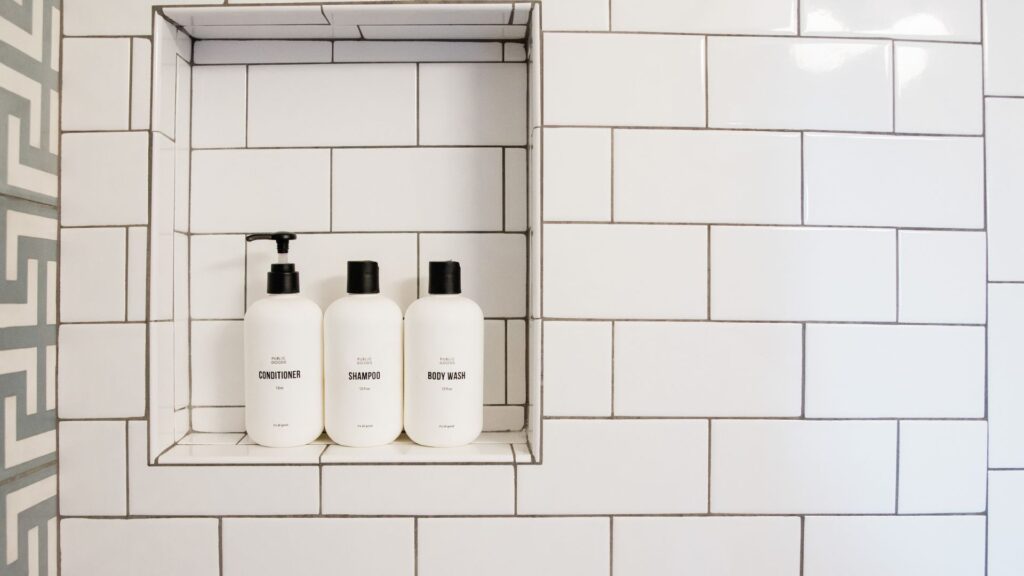
Practical Considerations for Tile Selection
When selecting tiles, practicality is paramount. This ensures your choices are both stylish and functional.
Think about the room’s usage. High-traffic areas might need different tiles compared to less-used spaces.
Assess the ease of cleaning. This is essential in bathrooms that often face moisture and mildew.
Slip Resistance and Safety Features
Safety should be a top priority, especially in bathroom spaces prone to wet conditions. Look for tiles with slip-resistant ratings.
Textured tiles or those with matte finishes can provide extra grip, reducing slip risks. They’re ideal for bathroom floors.
In family homes, prioritize safety features to protect all members. This approach combines functionality with peace of mind.
Budgeting for Tiles and Installation
Effective budgeting can prevent costly surprises during renovations. First, decide on a total budget for both materials and labor.
Consider tile costs based on material and design complexity. Ceramic tiles are often more affordable, whereas custom designs increase costs.
Installation can be a significant expense. Professional installers may be needed for intricate designs, ensuring quality and longevity.
Plan for unexpected costs by setting aside a contingency fund. This ensures your project stays on track without financial strain.
The Importance of Proper Installation
Proper installation is crucial for tile longevity. It also impacts the overall appearance and functionality.
Invest in experienced installers for complex patterns or heavy tiles. Their expertise is invaluable in achieving optimal results.
Improper installation can lead to issues like cracked tiles or uneven surfaces. Ensuring a quality foundation pays off in the long run.
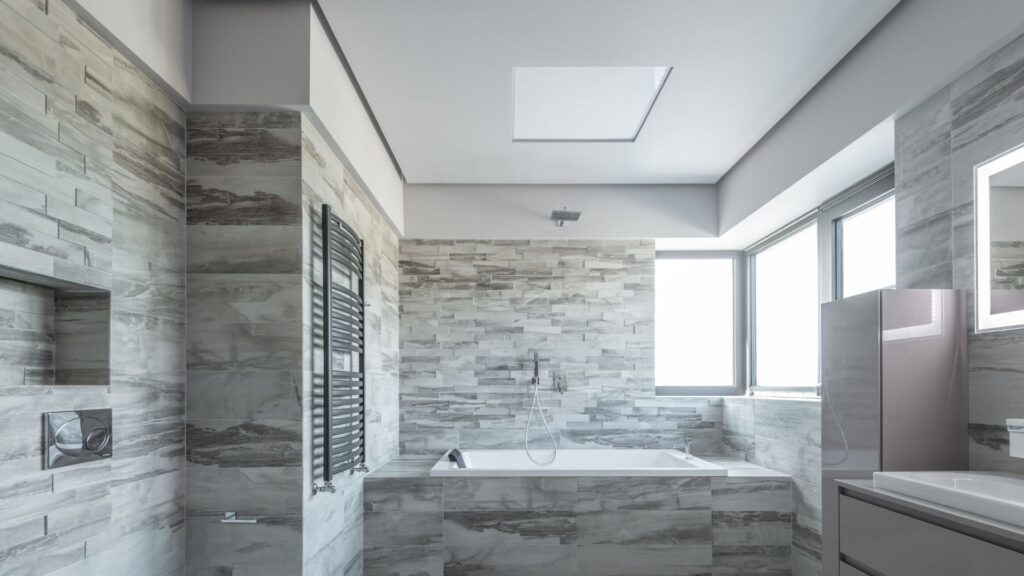
Final Touches and Future-Proofing Your Bathroom Tile Choices
Final touches can elevate your bathroom’s style. They bring cohesion and polish to your renovation.
Consider the long-term impact of your tile choices. Choose designs that balance current trends with timeless appeal.
Future-proofing involves anticipating both aesthetic and functional needs. This ensures your bathroom remains stylish and practical for years.
Accent Tiles and Unique Design Elements
Accent tiles add flair and personality. They can transform a standard bathroom into a striking personal space.
Use accent tiles sparingly for a bold focal point. Borders or a feature wall are popular choices.
Mixing different shapes and patterns can create unique visual interest. They bring an artistic touch to your design.
Eco-Friendly and Trend-Forward Options
Eco-friendly tiles are increasingly popular. They align with sustainable building practices and appeal to conscious consumers.
Look for tiles made from recycled materials. They offer quality without compromising environmental ethics.
Trend-forward options blend innovation with functionality. Consider digital print tiles for intricate designs without added cost.
Ensuring Longevity and Timeless Appeal
Select tiles built to last in both style and durability. This saves time and money on frequent renovations.
Classic colors and patterns often withstand changing trends. They’re a safe choice for enduring beauty.
Invest in quality materials. High durability and low maintenance will keep your bathroom looking great for decades.
Selecting bathroom tiles involves many considerations. From materials to style, each choice shapes your space.
Thoughtful decisions enhance both beauty and function. With careful planning, your bathroom renovation will provide lasting satisfaction and joy.

